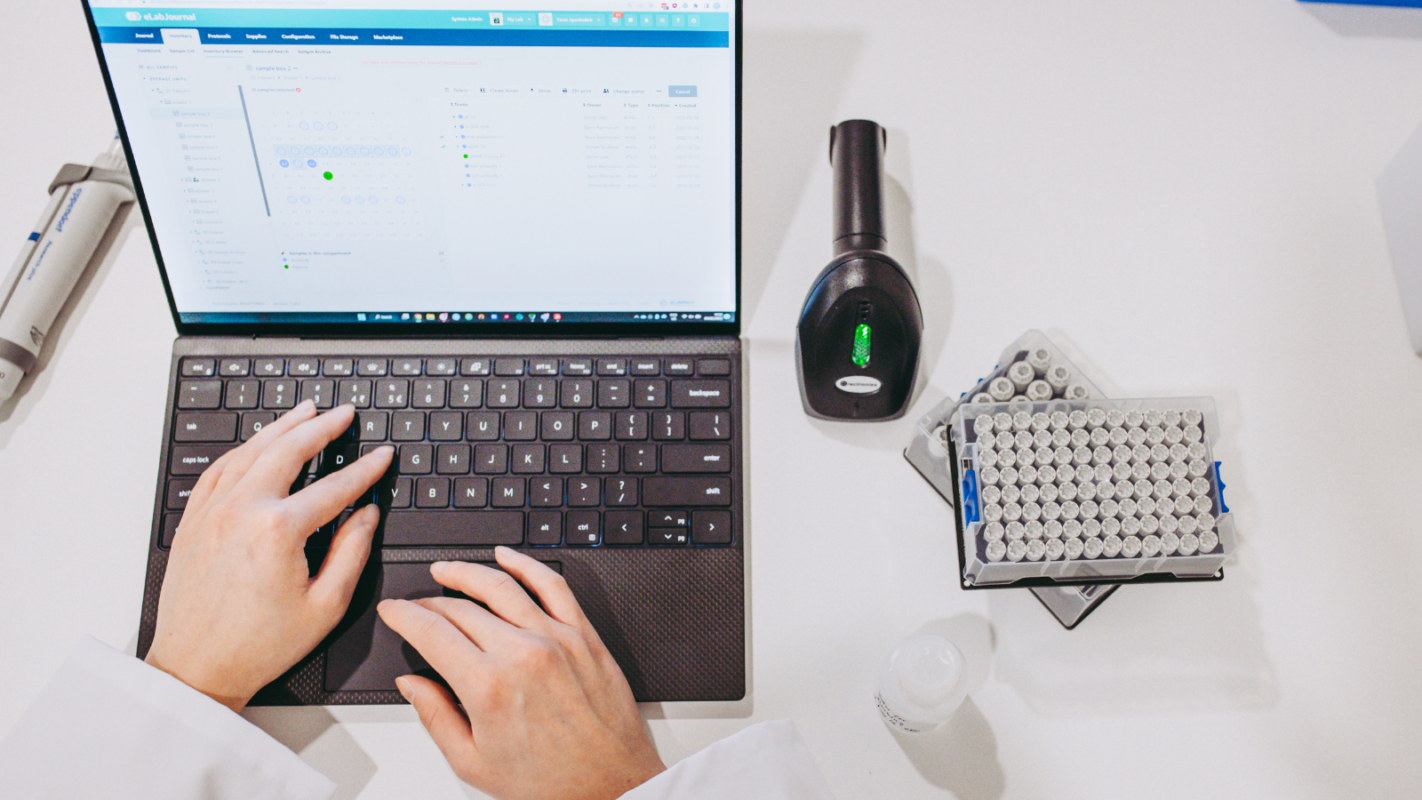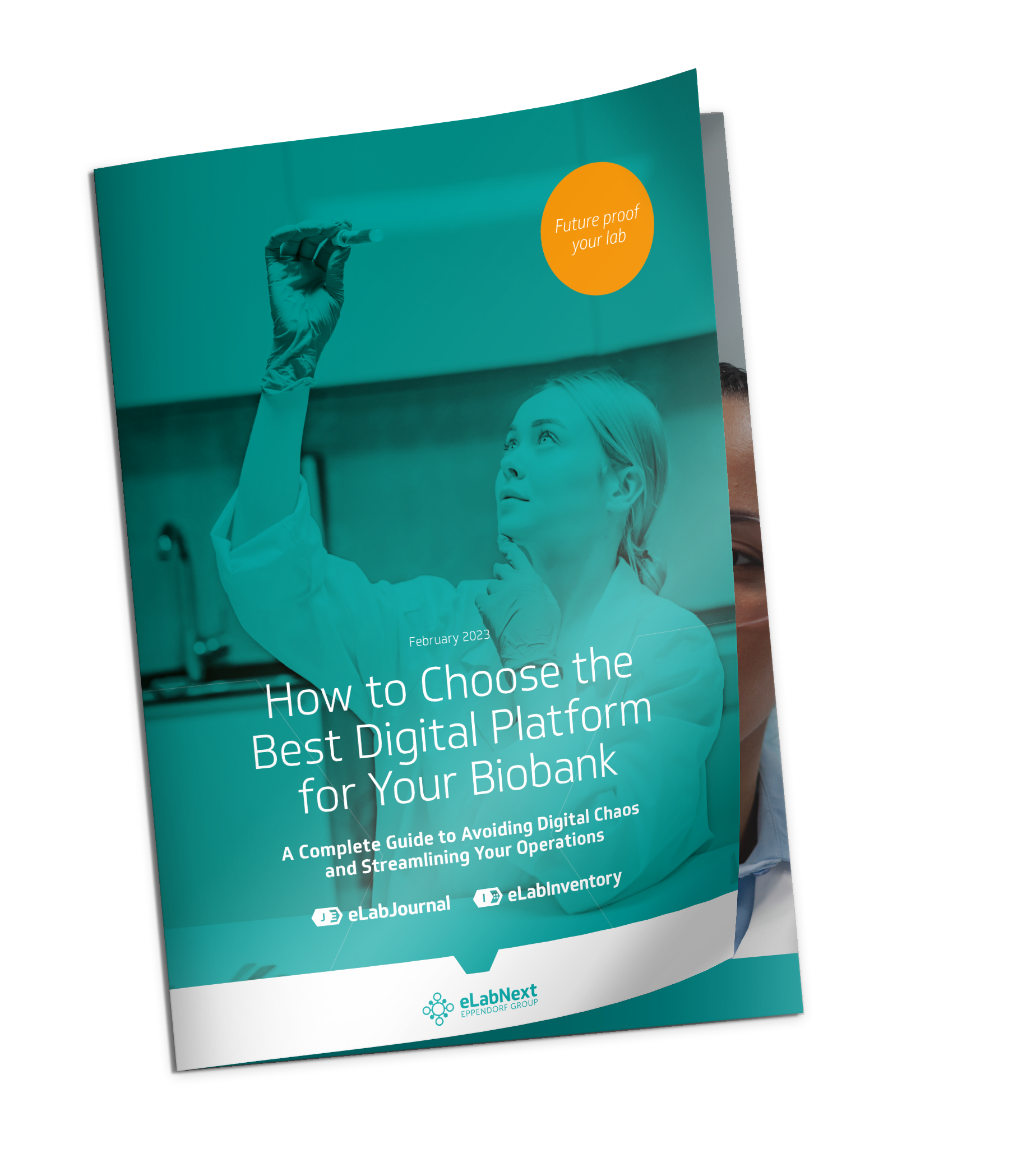

Biobanks have become essential providers of valuable biospecimens and associated metadata, empowering researchers to perform large-scale genetic studies, develop personalized therapeutics, and answer global questions. With the growth in biobanking and its foundational role in research, an increasing number of biobanks are using digital platforms, such as laboratory inventory management systems (LIMS), to organize their collections of biospecimens, handle day-to-day operations, track trends in activity, and more.
But, there are many LIMS software options for biobanking. And not all of them are created equal.
Choosing an appropriate platform for your needs can positively impact your biobanking operations’ efficiency, accuracy, and success. Therefore, it’s vital to ask critical questions when evaluating biobanking LIMS providers.
Take a look at these 6 key questions to help you assess whether or not a LIMS software for biobanking is right for you.
A well-designed sample tracking and inventory management system can significantly improve the efficiency of your biobanking operations by providing a “birds-eye-view” of your entire collection. Any software you’re considering and evaluating should provide a centralized system for managing any type of biospecimen (and associated metadata or documentation) within your biobank, control the distribution of biospecimens to researchers, integrate with all other software (e.g., electronic lab notebooks) or equipment (e.g., ultra-low temperature freezers), and find space for new biospecimens. All entries should have full traceability so that they are audit ready and can be understood by the appropriate personnel.
A user-friendly interface should be intuitive and have a logical layout for the LIMS functionalities. This makes it easy to find the necessary information and perform tasks without extensive training. The software should also have clear and concise instructions that can help users to understand how to use the software efficiently. For more advanced features, make sure that technical support and training are provided by any LIMS vendor you are considering (see the next question below).
A favourable and easy user experience can increase adoption and satisfaction, which can improve the biobanking operation’s overall success.
Adequate training and customer support can ensure that LIMS software is used correctly and that any issues are quickly resolved. Vendors that provide training and support across the LIMS lifecycle help improve biobanking operations’ efficiency by arming users with the information they need to succeed while using the LIMS.
The software vendor should train all staff on using the software, including hands-on training, online tutorials, and documentation.
Additionally, the vendor should provide ongoing support to assist with issues arising after the software is implemented. Make sure that you have access to the technical support team 24/7, so whenever a problem comes up, you have the help you need. You can put this to the test during trial periods, which most LIMS vendors offer for 30 days at no charge.
Another way to learn more about LIMS technical support, software performance, and overall reliability is to check in with current platform users and ask them about their strengths or weaknesses.
Transitioning from a legacy LIMS, platform, or bootstrapped solution to a new LIMS can be difficult. To ensure a smooth transition, it is essential to evaluate how a new vendor and system can support the process.
Begin by assessing your current system and identifying all essential data that needs to be transferred to the new system. Then, ask the vendor’s support staff about how the new system can accommodate this data and how you can import it in a format that the new system can understand. Ask for a demonstration of how this process works, and if you end up purchasing a new LIMS, be sure that you’ve carefully vetted the technical support team (described in the section above) so that they can walk you through the process and identify any potential problem areas.
Data security and privacy should be top priorities when considering LIMS for your biobanking operations. The software needs robust security features such as encryption, user authentication, and access controls to protect against unauthorized access and data breaches. It should also comply with regulations such as 21 CFR Part 11 and GxP guidelines to ensure that the data is handled and stored in a compliant manner.
Furthermore, audit trails and reporting capabilities to track and monitor data access can help detect and prevent any security breaches, a necessary feature for a biobanking LIMS. The software should also be able to back up and restore data in case of accidental or malicious data loss.
Scalable LIMS software for biobanking can accommodate future growth and handle an increasing number of samples, users, and complex data sets.
To ensure that the LIMS you are considering can scale up or down as needed, assess if the platform can be cloud-based and integrate with other systems, such as extra storage solutions, which can help handle the increasing amount of data generated by the biobank.
Additionally, expanding functionality through add-ons and tracking activity trends are two powerful features that can help inform growth opportunities and maintain performance and reliability. The former can allow more rapid and accurate sample management and tracking, while the latter can help personnel make strategic decisions about equipment purchases.
Getting answers to the questions above is essential to educate yourself about the strengths and weaknesses of the various software solutions available.
If you want to learn more about finding a digital platform that’s right for your biobanking operation, download our biobanking guide, “How to Choose the Best Digital Platform for Your Biobank: A Complete Guide to Avoiding Digital Chaos and Streamlining Your Operations.”
You’ll learn about:
A Complete Guide to Avoiding Digital Chaos and Streamlining Your Operations


 By eLabNext
By eLabNext
Gain valuable strategies for choosing the right lab space, fostering collaboration, and achieving more with less money.
Read more
 By Zareh Zurabyan
By Zareh Zurabyan
From data quality to ethical considerations, learn how to navigate AI challenges while optimising integration for enhanced lab operations.
Read more
 By eLabNext
By eLabNext
Learn how to optimise lab procurement as part of a robust inventory management regime. Explore best practices and streamline lab ops.
Read more
Schedule a Personal Demo for friendly expert guidance and a free lab workflow assessment.